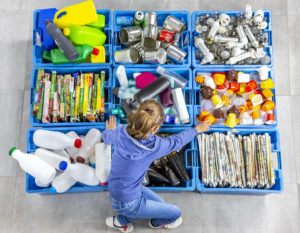
 Post Category - WellnessWellness
Post Category - WellnessWellnessThe creator of mediation and mindfulness app Headspace explains how parents and pregnant mamas can benefit from a more mindful approach
Mindfulness seems to be all the rage these days, mama. We hear about it in schools, we hear about it at companies, we hear about it on the sports pitch. The cynic in me sometimes wonders if it’s become an empty buzzword like “synergy” or “paradigm shift”, but a recent sit-down with Andy Puddicombe, founder of Headspace (one of the top apps in the sports and fitness category) has me convinced there’s something there.
First, the super-short version of Andy’s incredible story: at 22 he dropped out of uni in the UK to travel, and ended up becoming a Tibetan Buddhist monk for 10 years. In that time he learned a great deal about meditation, and upon his return to the UK began advising first his friends, then paying corporate clients, on its benefits, both psychological and physiological. The term “mindfulness”, coined in 1979, seemed to have less of a “hippie” stigma. Here’s the distinction Headspace makes between the two, in their own words:
“At Headspace, we define mindfulness as the intention to be present in the here and now, fully engaged in whatever is happening, free from distraction or judgement, with a soft and open mind. Meditation is the simple exercise to familiarise oneself with the qualities of mindfulness.”
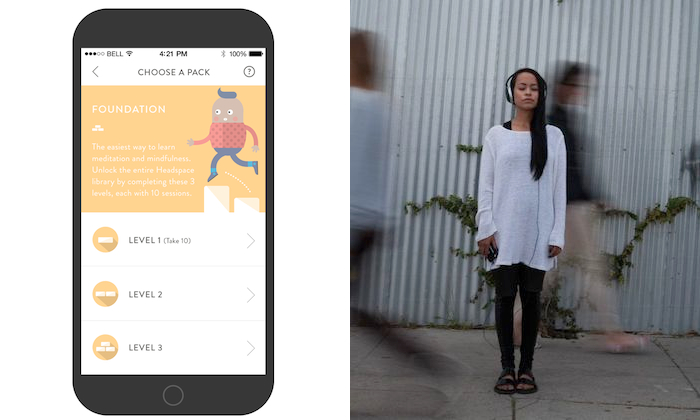
In 2010, Andy joined up with one of his former clients, Rich Pierson, to create a program that would make mindfulness and meditation practise accessible for people from all walks of life. Two books, an amazing website with over 300 hours of content, and a free app have all followed.
Headspace now has over 2 million users worldwide (including celeb fans like Gwyneth Paltrow, Emma Watson and Arianna Huffington), and Andy has become the “anti-guru” who travels the world giving TED Talks and consulting with organisations like Google and Vogue.
You can also find Headspace programs on Virgin Atlantic flights or in Westin Hotel rooms; last year they did a brilliant collaboration with Selfridges department store in London during the holiday season where stressed out shoppers could get quick relief with “meditation pods” set up around the store.

All of this is to say is that Headspace has done a lot to bring meditation and mindfulness into the mainstream in all sorts of clever, unconventional, but also accessible ways. They call it “a gym membership for the mind”, emphasising that you get better results with consistent practise – maybe not everyday, but taking a few minutes, 3-5 times per week, is scientifically proven to significantly improve happiness and wellbeing.
And who could use that more than mamas (or hyper little ones)? Inspired by his wife’s pregnancy last year, the birth of his son, baby Harley, and his own parenting journey, Andy has written his third book (launching in June), The Headspace Guide to … A Mindful Pregnancy. I sat down with him during his recent swing through Singapore to find how mamas and littlies can bring mindfulness into their lives.
How does mindfulness relate specifically to pregnancy? What special benefits can pregnant women draw from mindfulness meditation?
The book actually looks at the whole journey around pregnancy, starting with fertility, then pregnancy itself, labour, then finally parenthood.
When preparing for pregnancy, it’s become clear that the more stressed we are – both mum and dad – the less likely we are to conceive. Mindfulness can do so much to relax you and get you in a good place, both physically and mentally.
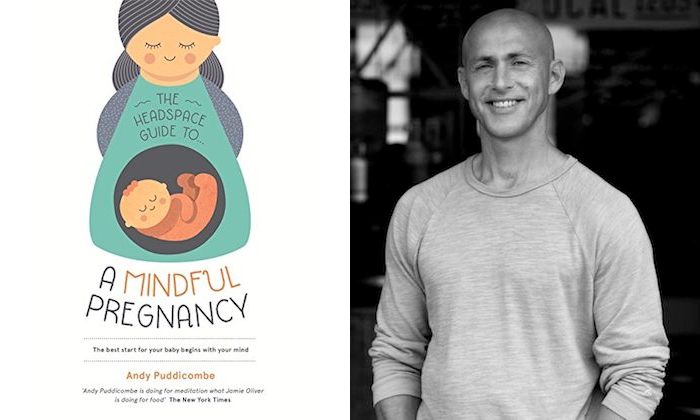
During pregnancy, it can all be a bit of a shock: physically, mentally, emotionally. It can be really easy to spin off into the future and start worrying about things like money, or whether we’ll make the same mistakes our parents did. Meditation can really help you learn to be present, and enjoy the current moment. Research has shown that from the earliest stages we are impacted by our environments; stress hormones can actually penetrate the placenta and affect the baby. Why would we not want to do everything we can to create a tranquil and happy environment for the baby during this relatively finite amount of time?
As for labour, mindfulness and meditation have always been used as a way of coping with pain. Mindfulness can help with pelvic pain in particular, in fact. Getting your head clear and focused on the task at hand, I’ve been told by pregnant mums, can be extremely beneficial in dealing with the perceived pains of labour.
How can mindfulness help parents in the early days after baby?
Once you come home from the hospital, it’s a bit of a freak out moment because suddenly, you’re on your own! Mindfulness can really help your ability to be in the present (both for your partner, and for the new baby). I really like the idea of parents doing this together, because it helps us to better listen to each other.
For new mums, you are so busy and you are so tired, but if you can, just take a few minutes to calm your mind, and just be – whether by yourself, or alone with your baby – free of distractions. It’s amazing how much it can improve your state of mind.
Can mindfulness be taught to kids?
We’ve done a number of pilot programs in schools with kids aged 7-9, and they take to it even better than adults, perhaps because they are less habitual in their thinking. Our focus has been on calming, focus, and connection (building a sense of community), which can be applied when the kids come in from recess, or as they prepare to do quiet reading time. We’re developing more kid-friendly content for Headspace at the moment!
We’ve actually received feedback from kids as young as 4, who tell us it makes them feel relaxed, calm and “soft”. (One child also told us she liked Headspace because “mummy doesn’t shout at me anymore”!).
Can mindfulness be taught to babies and toddlers?
I think with really young children, it’s all about modeling. Not to compare them to pets, but you know how when you have a really excited dog, if you’re jumping all over the place and talking loudly, they’ll continue to be excitable, but if you sit still, and quietly pet them, they tend to calm down? It’s the same with babies. For instance, every once in a while, breastfeeding mums might try to simply be with their baby; not necessarily meditating, just being completely present and free of distractions like mobile phones or the TV.
What are some simple mindfulness exercises we can try with young kids?
With 4-year-olds, I’ve done a series of just 30-second exercises, like stretching, or self-massage. I have them lie flat with their hands on their bellies, taking deep breaths, just focusing on their breathing. We use the motto “little and often”, just like how our adult program starts at just 10 minutes a day.
It all comes down to just being, rather than doing.
Thank you so much, Andy! Mamas, Headspace is available for free download from the app store, or you can find out more by visiting their website (there’s a special “pregnancy pack” coming soon!). Look for The Headspace Guide to … A Mindful Pregnancy on bookshelves this June.






 View All
View All
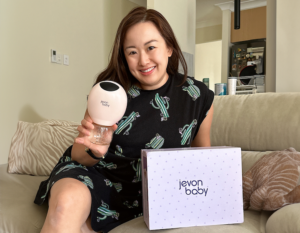



 View All
View All




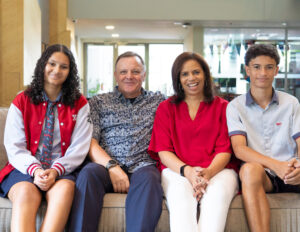


 View All
View All




